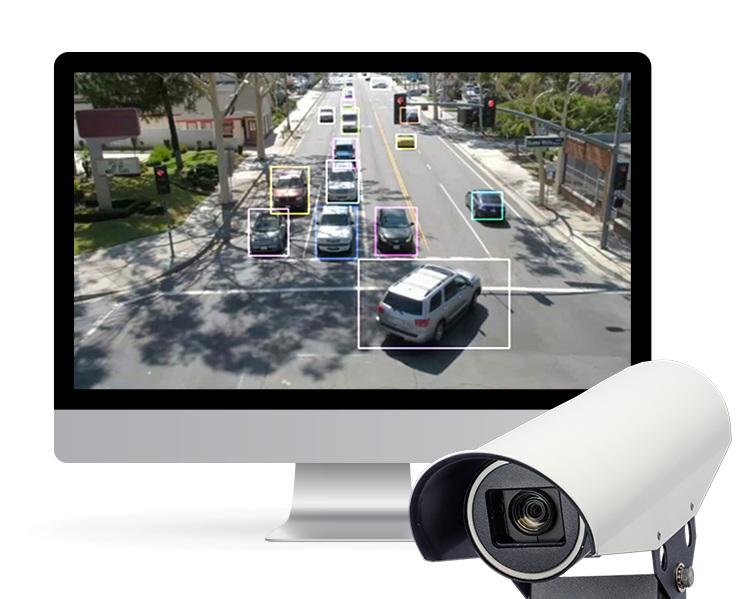Tesla is investigating the crash in Beijing, China last week, when a Tesla Model S in autopilot mode hit the side of a parked car. According to Reuters, Tesla said it had reviewed data to confirm the car was in autopilot mode, a system that takes control of steering and braking in certain conditions.
Tesla also said it was the driver's responsibility to maintain control of the vehicle. In this case, it said, the driver's hands were not detected on the steering wheel.
"The driver of the Tesla, whose h
Tesla is investigating the crash in Beijing, China last week, when a Tesla Model S in autopilot mode hit the side of a parked car. According to Reuters, Tesla said it had reviewed data to confirm the car was in autopilot mode, a system that takes control of steering and braking in certain conditions.
Tesla also said it was the driver's responsibility to maintain control of the vehicle. In this case, it said, the driver's hands were not detected on the steering wheel.
"The driver of the Tesla, whose hands were not detected on the steering wheel, did not steer to avoid the parked car and instead scraped against its side," a Tesla spokeswoman said in an emailed response to Reuters.
Richard Cuerden, chief scientist, engineering & technology, at the UK’s Transport Research Laboratory (491 TRL) said the collision in China further highlights potential issues around the use of automated systems, particularly in cases where the driver is still required to remain alert and attentive at the controls of the vehicle.
He said, “The Society of Automotive Engineers currently specifies five levels of vehicle automation. Tesla’s autopilot system is classified as level two automation, which means the driver is required to maintain alertness and be ready at the controls, even in autopilot mode. This presents well-known challenges in terms of drivers’ awareness and understanding of the capabilities of the automation systems and the process by which control is shared and shifted between the driver and the vehicle in different modes of automated operation.
“We are going to see more collisions like this where, for whatever reason, the driver and the technology didn’t identify and react to the threat. What we need to do now is understand why the vehicle made the decisions it did and act accordingly. This is where projects like MOVE_UK, which will compare the behaviour of automated systems to human drivers, can really help. By understanding what went wrong and why, we can quickly teach collision avoidance systems to better predict any risks in real life environments.
“At the same time, it’s vital that drivers of vehicles with automated functionality remain aware and follow the instructions provided by the manufacturer, so that incidents like the one in China can be avoided as we discover more about this new technology.”
Tesla also said it was the driver's responsibility to maintain control of the vehicle. In this case, it said, the driver's hands were not detected on the steering wheel.
"The driver of the Tesla, whose hands were not detected on the steering wheel, did not steer to avoid the parked car and instead scraped against its side," a Tesla spokeswoman said in an emailed response to Reuters.
Richard Cuerden, chief scientist, engineering & technology, at the UK’s Transport Research Laboratory (
He said, “The Society of Automotive Engineers currently specifies five levels of vehicle automation. Tesla’s autopilot system is classified as level two automation, which means the driver is required to maintain alertness and be ready at the controls, even in autopilot mode. This presents well-known challenges in terms of drivers’ awareness and understanding of the capabilities of the automation systems and the process by which control is shared and shifted between the driver and the vehicle in different modes of automated operation.
“We are going to see more collisions like this where, for whatever reason, the driver and the technology didn’t identify and react to the threat. What we need to do now is understand why the vehicle made the decisions it did and act accordingly. This is where projects like MOVE_UK, which will compare the behaviour of automated systems to human drivers, can really help. By understanding what went wrong and why, we can quickly teach collision avoidance systems to better predict any risks in real life environments.
“At the same time, it’s vital that drivers of vehicles with automated functionality remain aware and follow the instructions provided by the manufacturer, so that incidents like the one in China can be avoided as we discover more about this new technology.”










